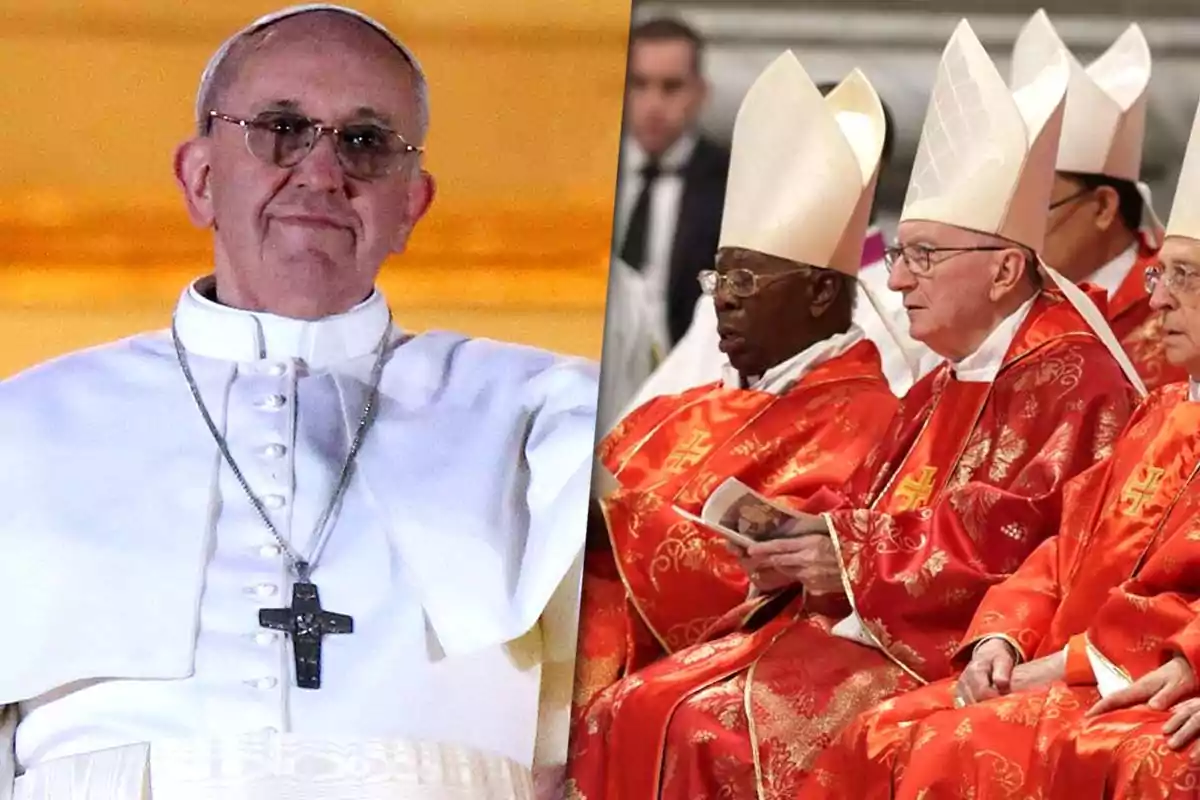
Conclave underway: how the new Pope is elected in total isolation
Enclosed and without outside contact, 133 cardinals are already voting for Pope Francis's successor in a Conclave without favorites
Locked away and without contact with the outside world, 133 cardinals began voting to choose the successor to Pope Francis.
It is the most mysterious and decisive process of the Vatican. The election of the new pontiff began with a single vote in the Sistine Chapel.
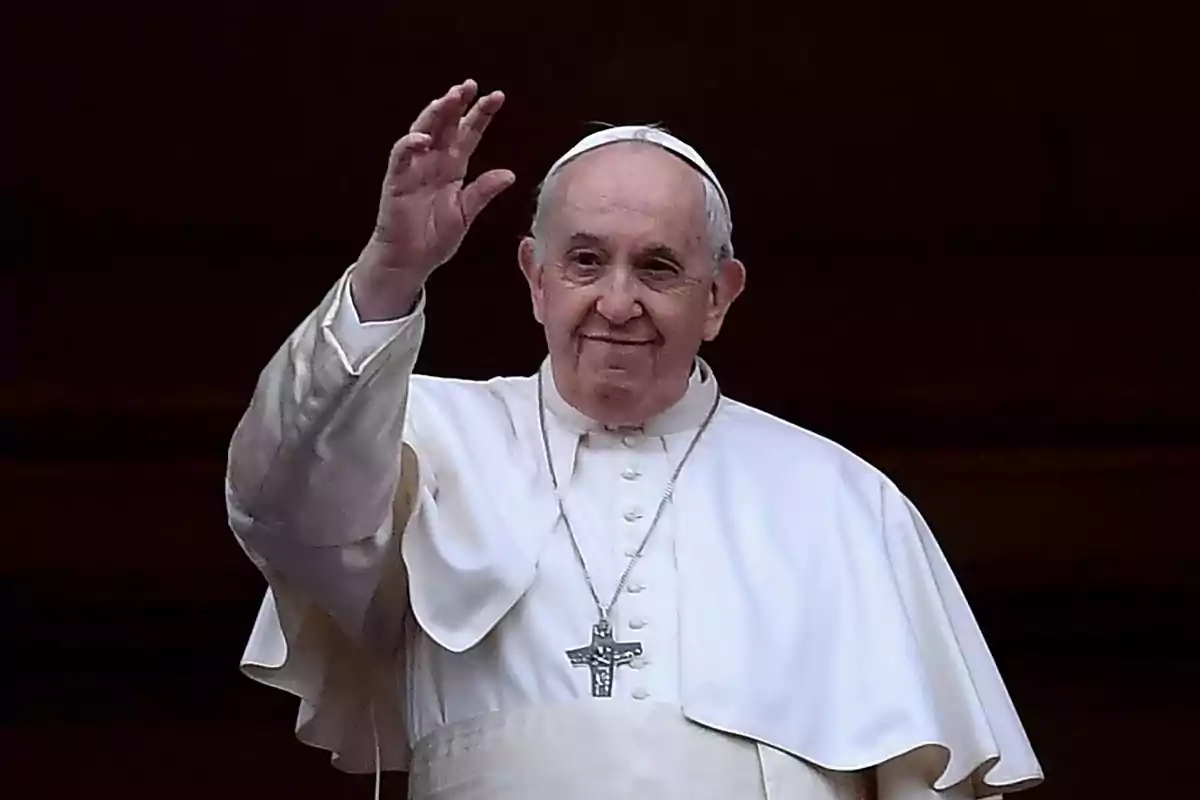
What is the Conclave and how does it work?
The Conclave is the secret meeting where cardinals under 80 years old elect the new pope. The term means "with key," because during the process the voters are cut off from the outside world.
This Tuesday, May 7, at 7 PM in Rome (2 PM in Buenos Aires), the cardinals held the first vote. It was the beginning of the largest Conclave in history, with 133 electors from 70 countries.
A ritual full of symbolism
Before voting, the cardinals walked in procession from the Pauline Chapel to the Sistine Chapel, chanting the "Veni Creator" and the "Litany of the Saints." Then, the master of ceremonies pronounced the famous "extra omnes" and locked the doors.
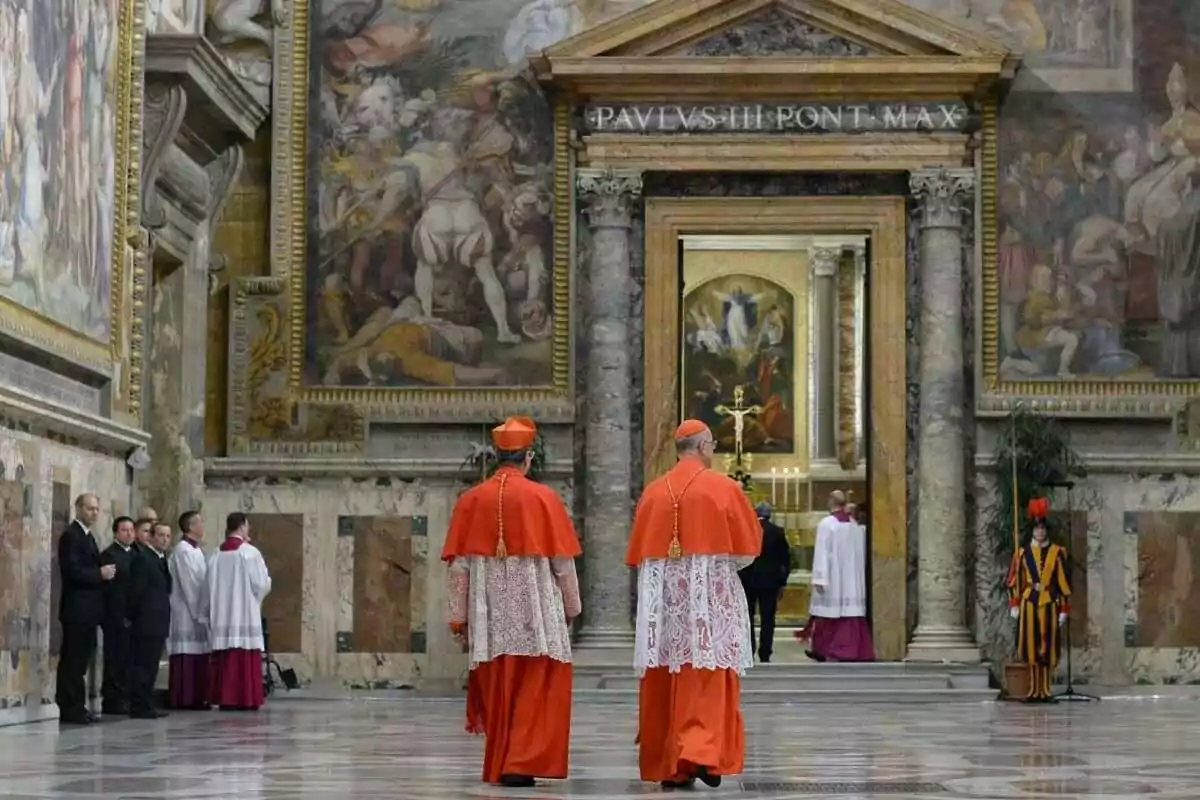
The prelates swore to remain silent about everything that happens inside. The vote is secret and is destroyed after each round.
Voting schedules and smoke signals
The Vatican uses smoke signals to communicate the results:
- Black smoke: no consensus, voting continues.
- White smoke: there is a new Pope.
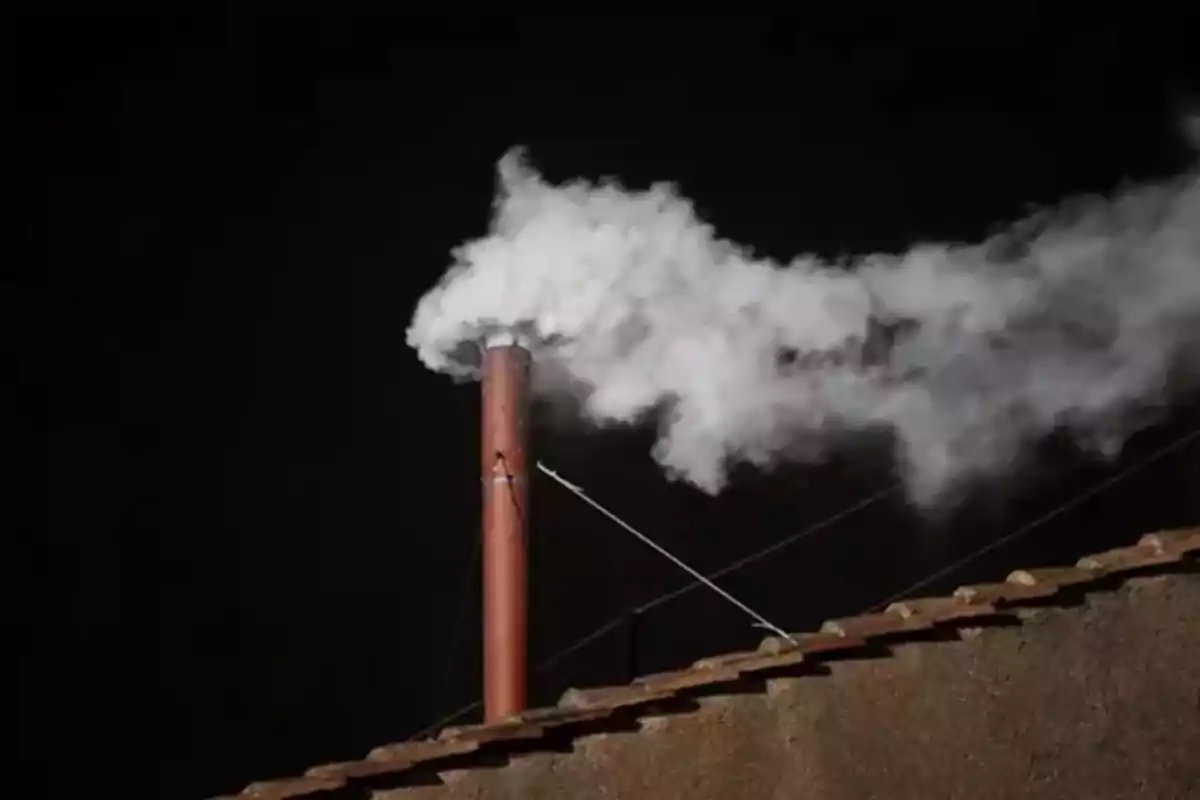
Planned voting schedule
Wednesday, May 7 (first day):
- 2:00 PM (Buenos Aires time): only vote of the day.
Thursday, May 8 (second day):
- 5:30 AM: first vote.
- 7:30 AM: second vote.
- 12:30 PM: third vote.
- 2:00 PM: fourth vote.
If there is no decision after three days, the cardinals must stop and dedicate a full day to reflection.
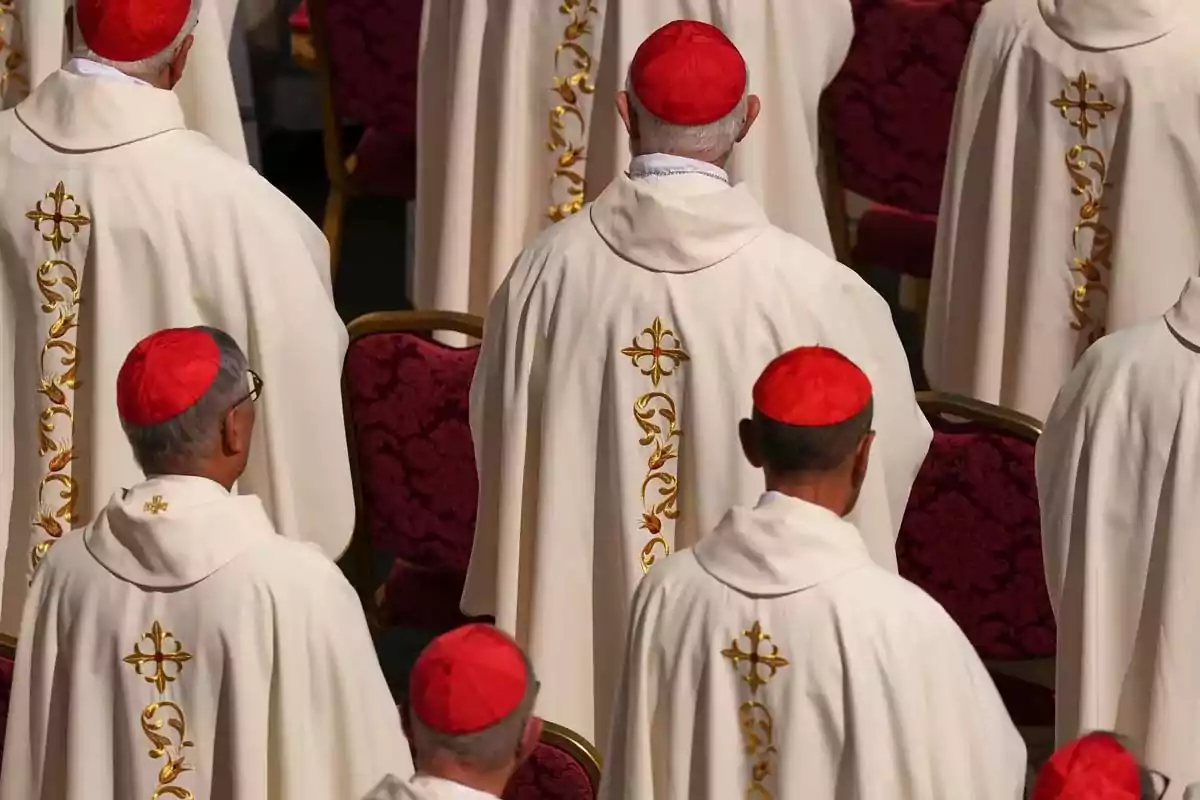
A decisive and uncertain Conclave
To elect the new pontiff, 89 votes are required, two-thirds of the total. The context is uncertain: there is no clear favorite and the internal groups are fragmented.
81% of the voters were appointed by Pope Francis. Many come from the so-called "global south," which gives a new tone to this election.

The cardinals who set the stage
The first day is usually dominated by the so-called "king makers," influential cardinals who guide the votes of the newer ones. One of the strong names is the Italian Pietro Parolin, although his figure has been surrounded by rumors of health problems.
Who are the possible successors?
The most prominent name is the Archbishop of Bologna, Matteo Zuppi. He is 69 years old, Roman, president of the Italian Episcopal Conference, and represents continuity with Francis's papacy.
Another who has gained prominence is the French cardinal Jean-Marc Aveline, close to Bergoglio and a defender of a Church focused on the most vulnerable.
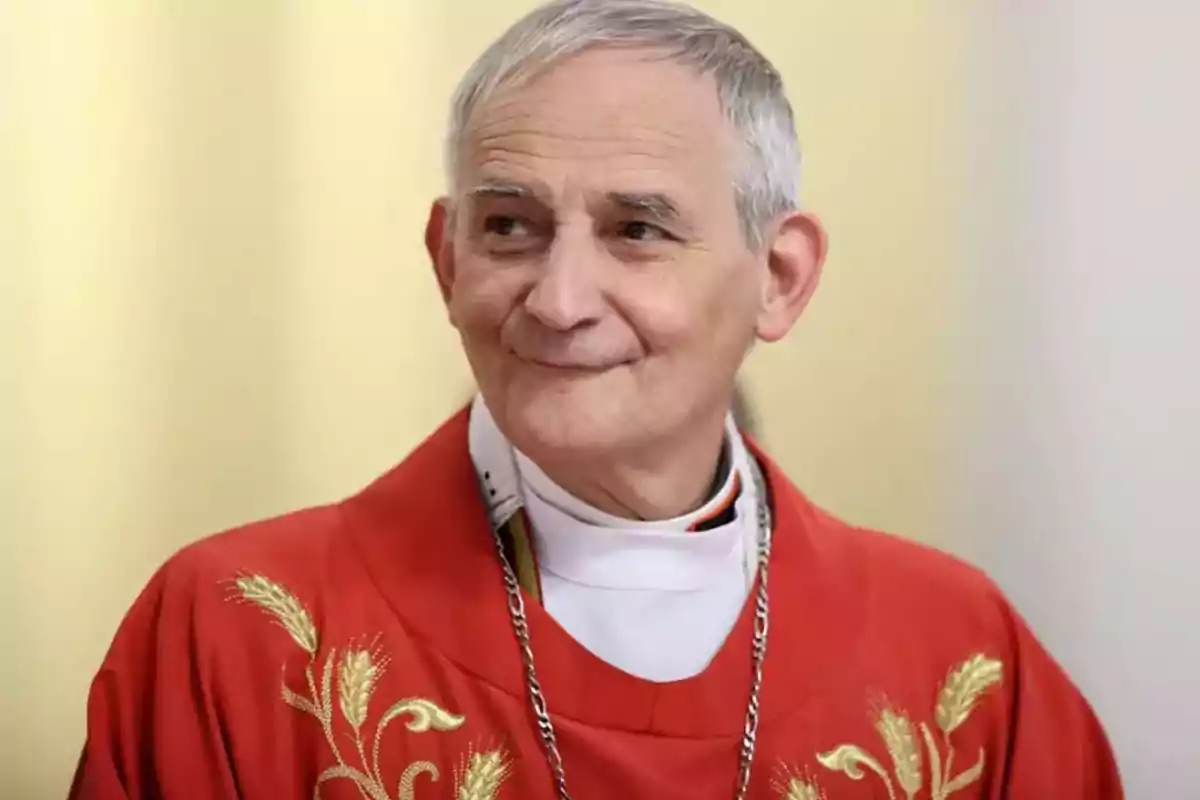
The Latin American surprise
Cardinal Robert Francis Prevost, an American with a strong track record in Peru, also appears as a strong profile. Francis appointed him to lead episcopal appointments worldwide.
Additionally, he keeps close ties with Latin America and was well received in previous congregations.
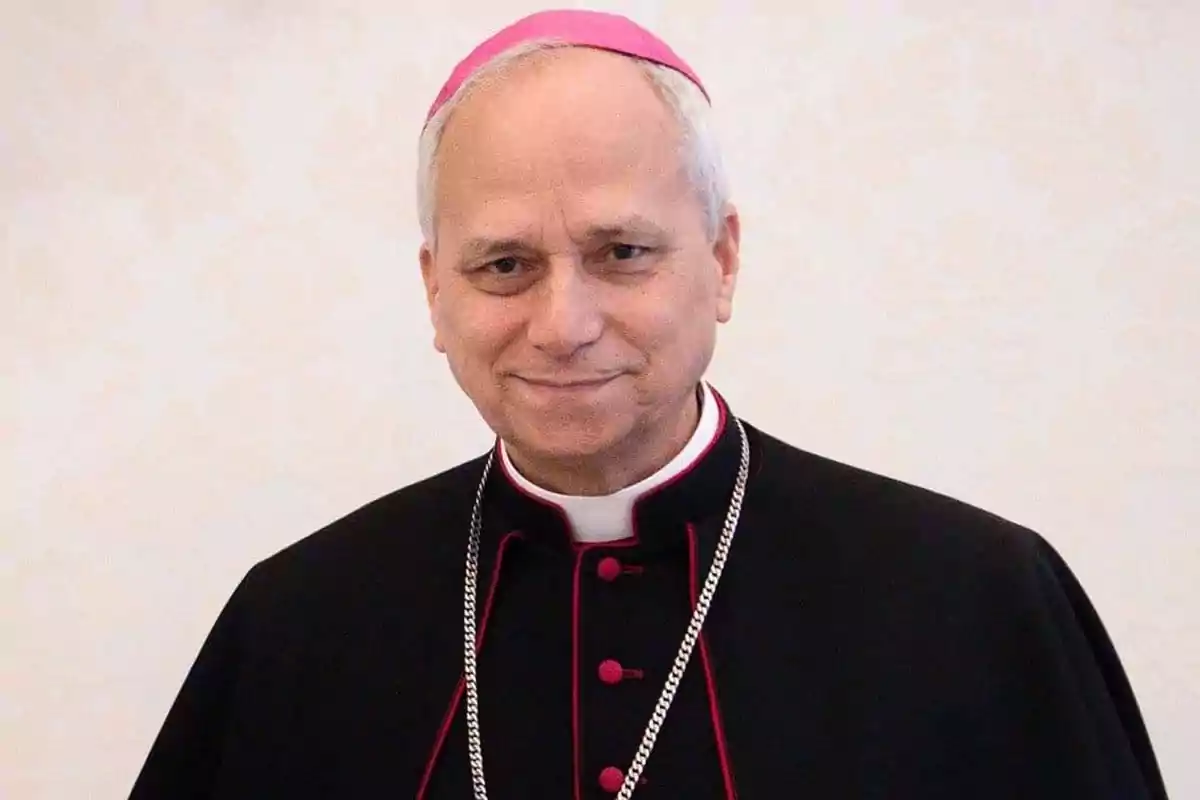
The Asian candidates
From the Philippines, Pablo Virgilio David stands out, a cardinal who has grown in consideration for his role in the latest synodal assemblies. He is emerging as a solid option to capture votes from Asia.
Cardinal Luis Tagle is also mentioned, although he has lost strength compared to other times.
A divided Bergoglian bloc
Despite much of the Conclave being aligned with Francis's thinking, analysts warn that the bloc is fragmented.
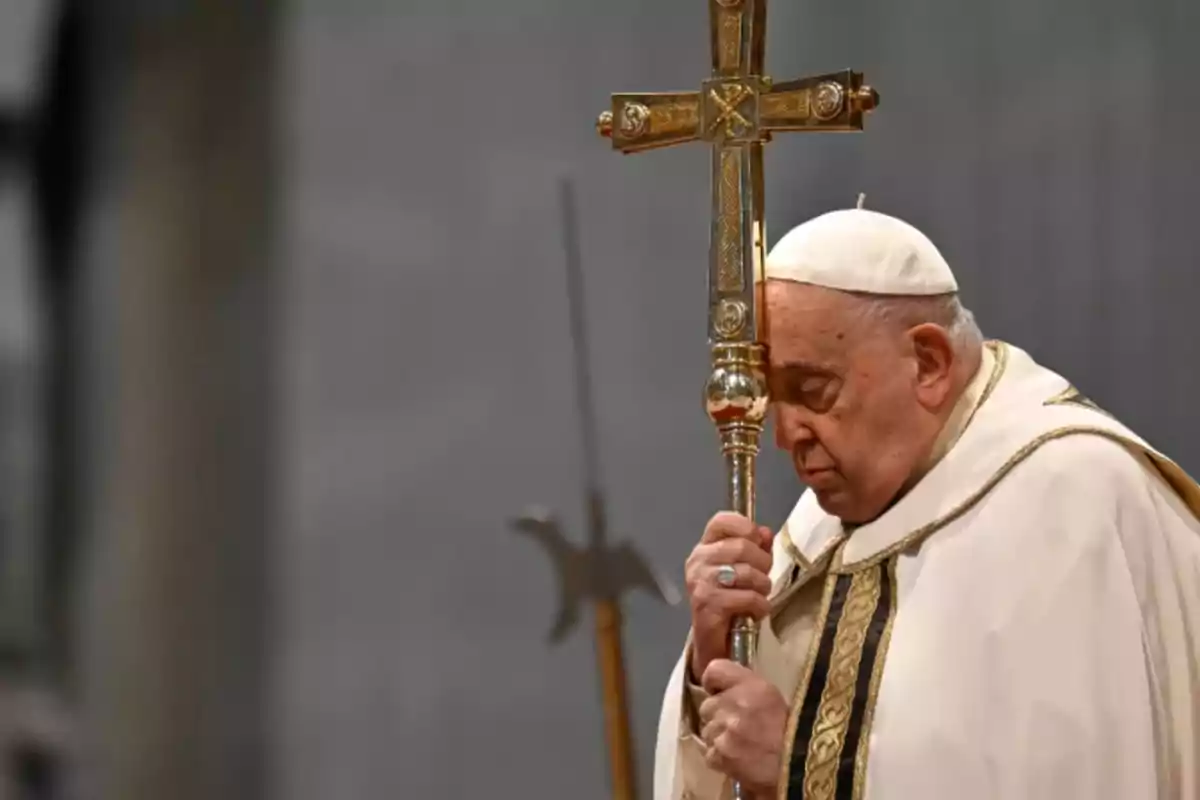
Journalist Massimo Franco warned that there are small groups competing among themselves, which could hinder a quick election.
Religious orders and surprises
The major orders like the Jesuits, Franciscans, and Salesians have a significant presence. A name that has grown strong is the Patriarch of Jerusalem, Pierbattista Pizzaballa.
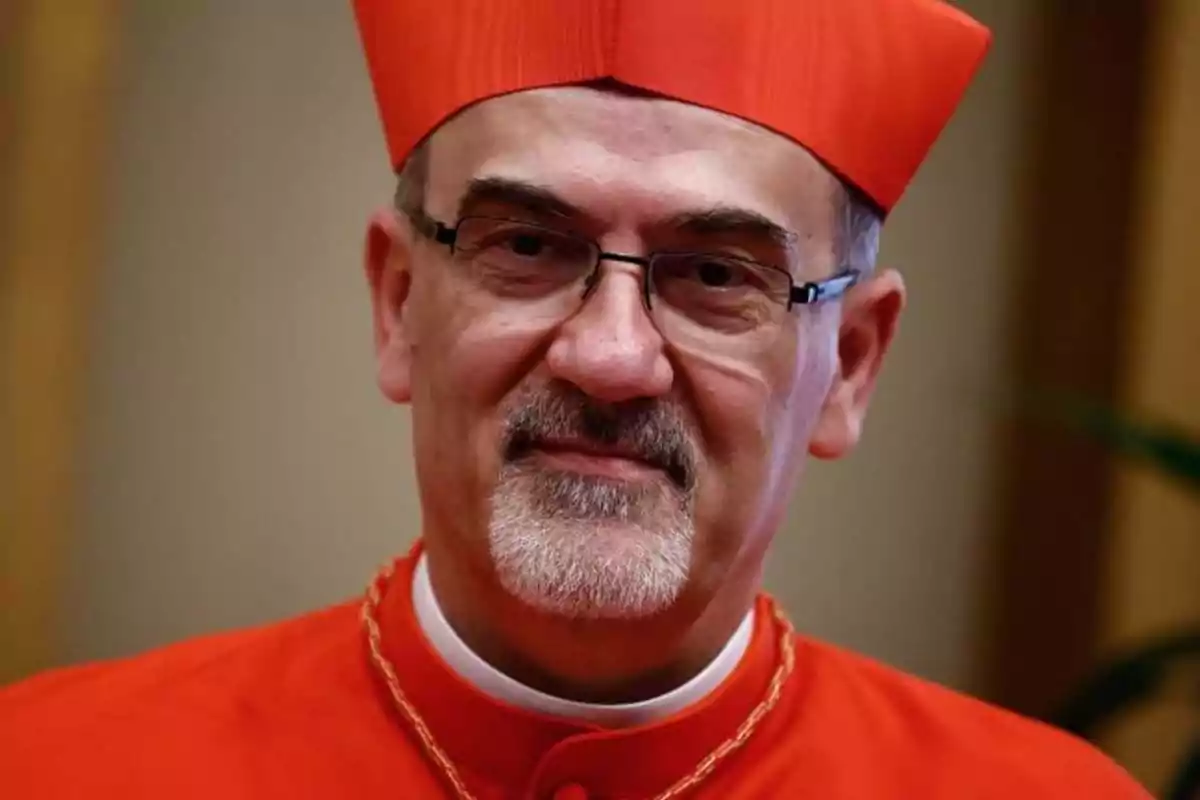
Italian, with 25 years of experience in the Holy Land, he gained notoriety for his diplomatic gestures and his closeness to Pope Francis. Although he is only 60 years old, which raises concerns among some cardinals.
When will the new Pope be decided?
If there is no white smoke this Wednesday, Thursday's rounds could be decisive. In the last two conclaves, the popes were elected between the fourth and fifth vote.
If by Friday there is still no consensus, the Church will enter a period of reflection. Meanwhile, the world will continue to look to the Vatican sky waiting for a sign.
More posts: